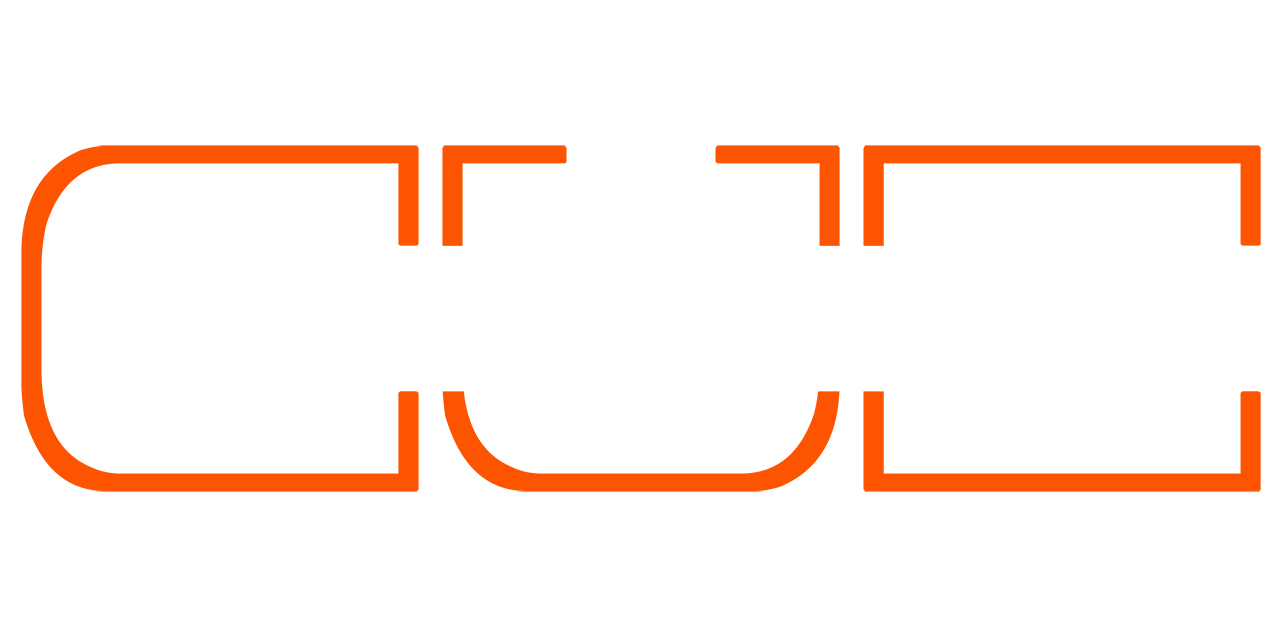Additive manufacturing technique: The stereolithography (SLA)
One of the techniques that has allowed the evolution of 3D printing and the main applications: the invisalign.
Perhaps, stereolithography is an additive manufacturing technique little known but it is starting from this technique that the 3D printing technologies have proliferated.
Was founded in 1984 not far made by the American Chuck Hull who patented a method to create successive layers of solidified resin with ultraviolet light. In addition to being the creator of the technique Hull has also invented the CAD format .stl as to make single three-dimensional objects, you must first from digital data processed with a CAD/CAM software. Compared to other techniques this presents a good accuracy but is limited from the point of view of materials treatable since they are only of photo-polymers. The machine which works on technology SLA you can imagine thinking of a tank containing the photo-polymer which is topped by a laser device. For each layer the laser will be screened selectively so as to scan the material needed to build the section. The laser will be tasked with the object of creating structures that will support (as can be seen in the image of the article). The technique involves four main steps:
1) Development of the CAD file saved in .stl format that is passed to the machine SLA;
2) Preparation of the machine for processing, in particular, must be set for the particular application and may need to calibrate the laser device;
3) Manufacture layer after layer of the object (but also more objects of a smaller size). For each section of the machine will build both the object and the elements that support it. The transition from the current layer to the next layer takes place thanks to a mobile platform in the vertical direction.
4) At the end of processing the object is removed by pulling it by the supports, it is clean from the residual liquid resin and is placed in a microwave violet light to complete the polymerization. Finally can be finished and painted.
An example of an application that has been possible with the stereolithography is Invisalign, which is a methodology of dental prosthesis that unlike the common “device” is absolutely transparent. The first step is to take impressions of your teeth by a method of reverse engineering, the data obtained will be needed to see if the Invisalign system is feasible and will be the starting point to build the prosthesis. The aim, in fact, is to correct the step by step position of the teeth through a series of prostheses constructed with SLA technology.
Edited by Salvatore Orlando, BEng Management Engineering. header imagine credits: fraser-ais.com Close-up Engineering – ©allrightreserved
SELECTIVE LASER MELTING THE HISTORY OF 3D PRINTING FUSED DEPOSITION MODELING INK-JET PRINTING and MULTI-JET PRINTING
